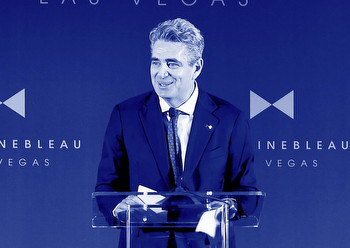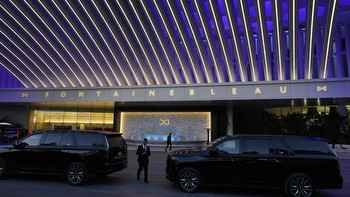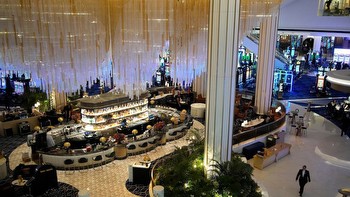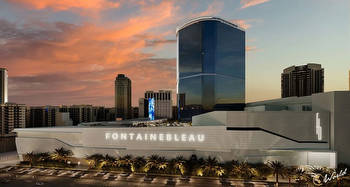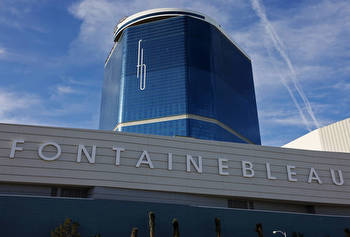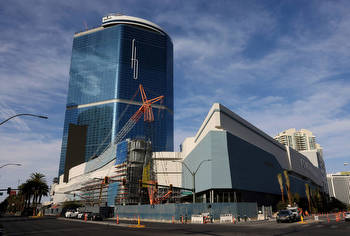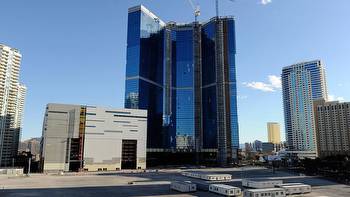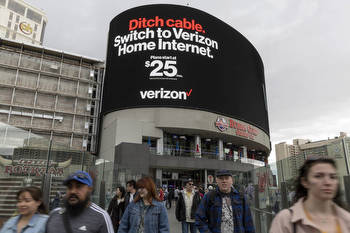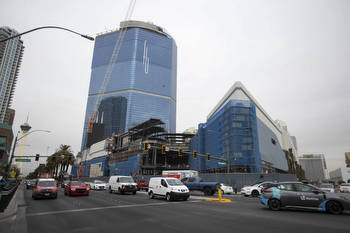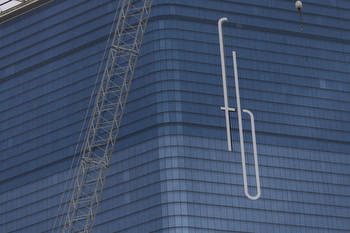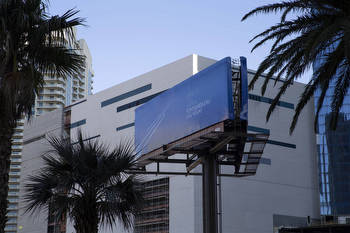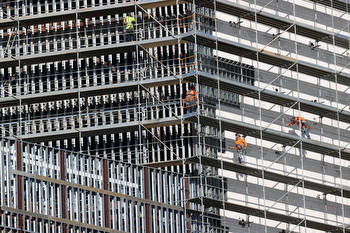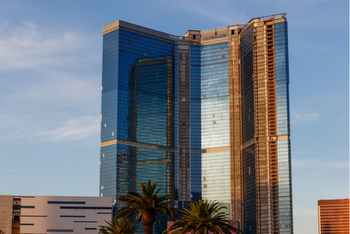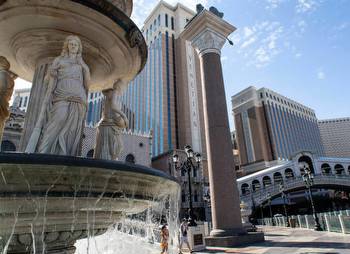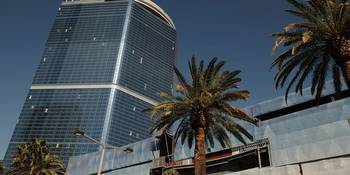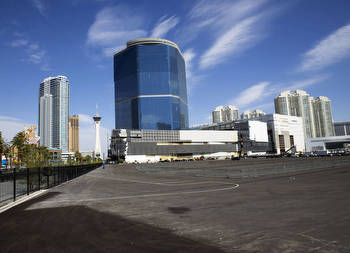Fontainebleau on Las Vegas Strip is biggest hotel project in U.S.

Towering over the north Strip, Fontainebleau Las Vegas has not only been in the works for a long time, it’s by far the biggest hotel being built in the nation.
But as a reminder of the intense competition here, several other casino-resorts on Las Vegas Boulevard can house more guests.
Boasting 3,000-plus rooms, the Fontainebleau is the largest hotel, as measured by room count, now under construction in the U.S. The second-biggest is a 1,600-room project near San Diego, according to industry tracker Lodging Econometrics.
Fontainebleau is scheduled to open in the fourth quarter this year and, as ranked by room totals, it will be the ninth-largest hotel in Las Vegas, according to figures from the Las Vegas Convention and Visitors Authority.
Practically everything about Las Vegas’ tourism industry is outsized — not just the buffets or yard-long boozy slushies. Tens of millions of people visit every year, packing sidewalks, restaurants, nightclubs, malls, convention halls and, of course, casinos, which rake in billions of dollars in gambling revenue annually.
Las Vegas also has some of the world’s biggest hotels, and resort operators and other businesses regularly roll out new ways to capture tourists’ attention and dollars.
‘Beyond traditional luxury’
Developers of the 67-story Fontainebleau have already unveiled plans for an upscale retail district and ample convention space and will almost certainly announce more features as its opening nears. But overall, how will it compete in Las Vegas’ crowded, ever-evolving tourism market?
“We believe Las Vegas is ready for something fresh, new, and exciting that addresses the modern-day luxury traveler’s desires,” Brett Mufson, president and CEO of the resort, said in an email.
The Fontainebleau brand has existed for seven decades, he said, and his team expects to attract a “global audience” that is familiar with the name and seeks “something beyond traditional luxury.”
The developers are “creating a compelling loyalty program and developing an acquisition program to grow our database” of customers, but that’s “just one piece of the puzzle,” he said.
Among other things, Mufson pointed to the resort’s design, restaurants, “vibrant day and nightlife,” and health and wellness offerings, and its location, across from the Las Vegas Convention Center’s new $1 billion West Hall.
“We believe visitors are craving the innovation and refinement that Fontainebleau will offer, and that will drive visitation,” he said.
They would also finally walk inside a long-delayed project with a tumultuous history.
Roller-coaster ride
Florida developer Jeffrey Soffer acquired the 1950s-era Fontainebleau hotel in Miami Beach in 2005 and unveiled plans for the one on Las Vegas Boulevard that same year.
He broke ground in 2007. But Las Vegas’ roaring real estate market soon crashed, the economy imploded, and his project went bankrupt in 2009.
Billionaire Carl Icahn acquired the unfinished skyscraper in 2010 for around $150 million and, after leaving it largely untouched, sold it in 2017 for $600 million to developer Steve Witkoff and partners.
Witkoff renamed the project Drew Las Vegas but suspended construction in March 2020 as Las Vegas rapidly shut down over fears of the coronavirus outbreak.
In a full-circle moment, Soffer, founder of real estate firm Fontainebleau Development, reacquired the property in February 2021 in partnership with Kansas conglomerate Koch Industries’ real estate wing.
They renamed the resort, resumed construction and announced in December that they landed a $2.2 billion loan to finish the roughly 3,700-room project, which has around 3,800 construction workers.
By any measure, the Fontainebleau is an enormous project, and as locals have long noticed, it’s been part of Las Vegas’ skyline for years — even though it hasn’t opened yet.








